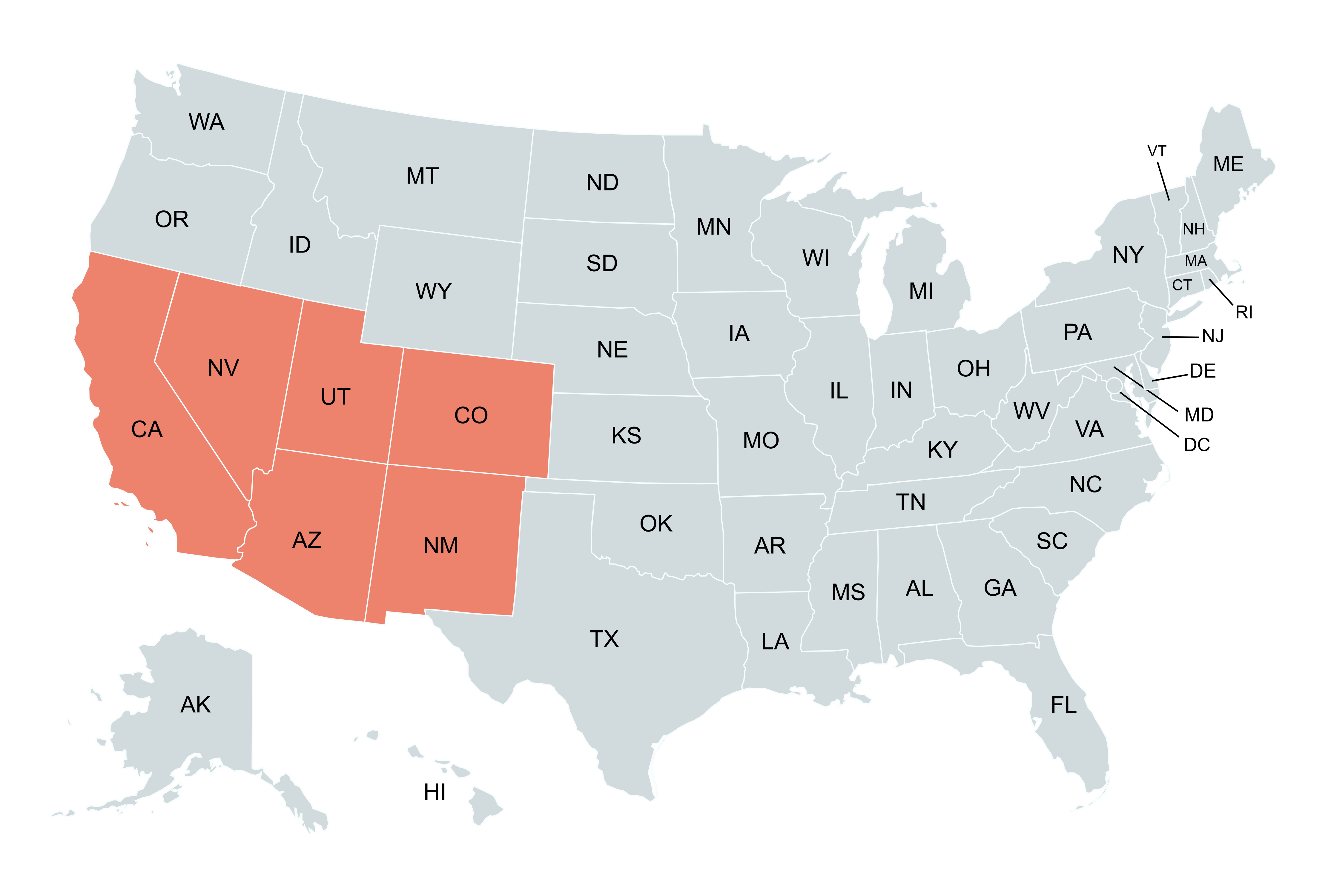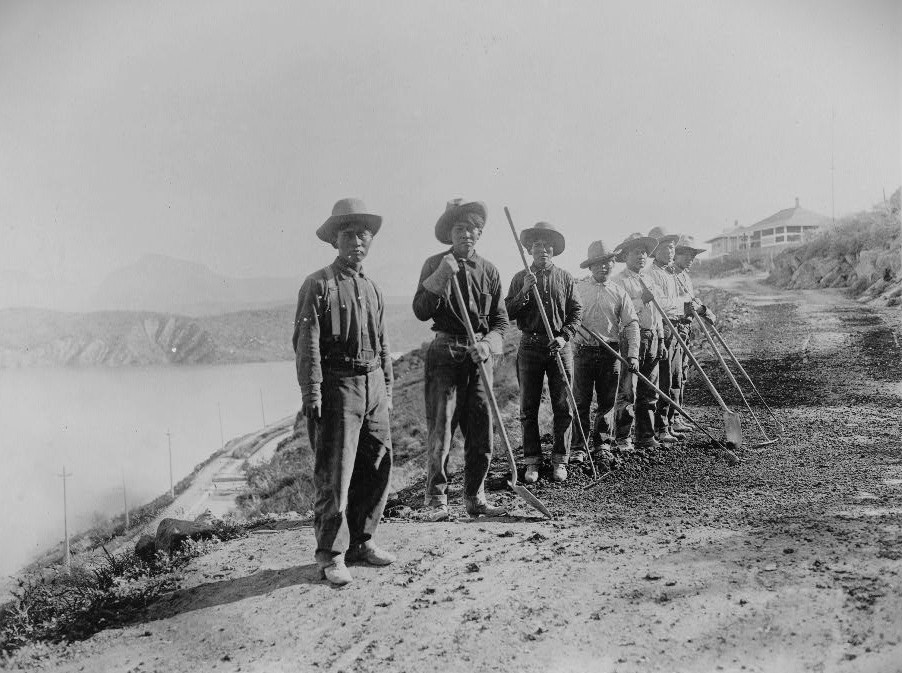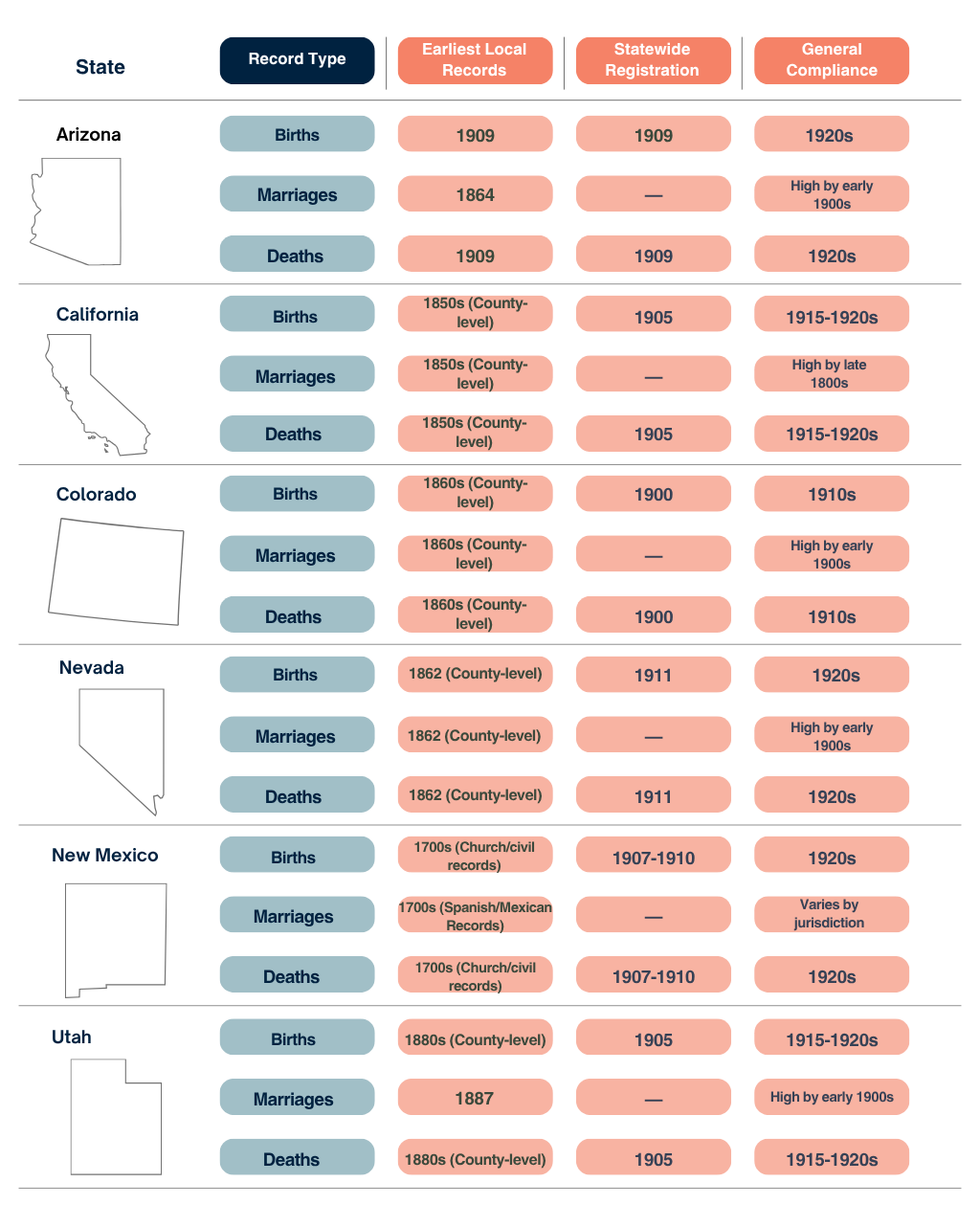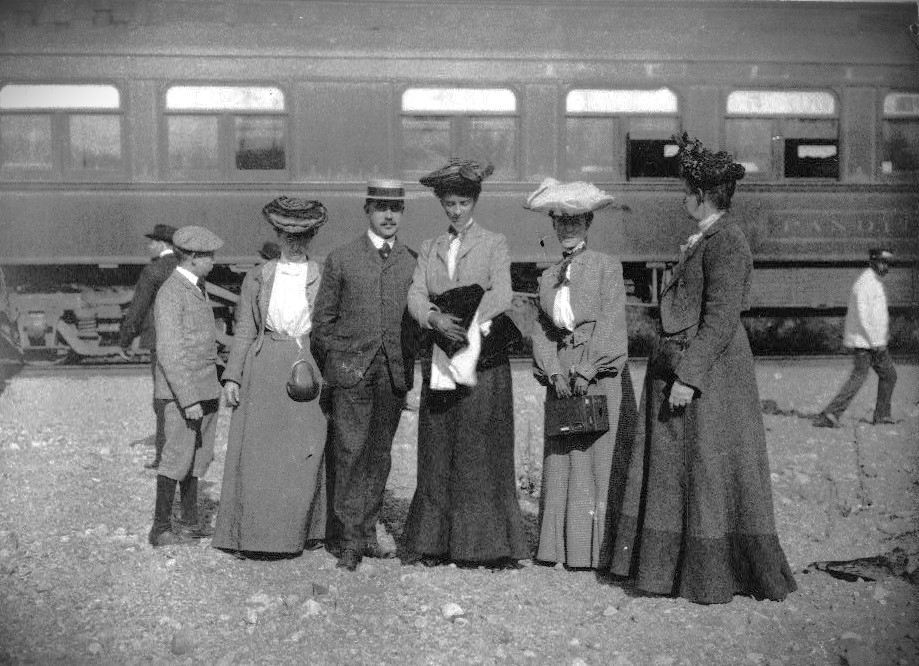The American Southwest, spanning Arizona, California, Colorado, Nevada, New Mexico, and Utah, offers some of the most vibrant and complex genealogical landscapes in the United States. Shaped by centuries of Indigenous presence, Spanish colonization, Mexican governance, and American expansion, this region holds records that cross linguistic, cultural, and governmental boundaries.
Whether your ancestors lived in 18th-century pueblos, came west on wagon trains, worked on railroads, or settled in post-war suburbs, the Southwest's diverse record trail invites deep exploration of identity and legacy across time.

The Southwest's history is rooted in Indigenous civilizations that flourished for thousands of years before European contact. The ancestral Puebloans, Hohokam, Apache, Navajo (Diné), and Ute peoples built vibrant communities, many of which continue today. Oral histories, tribal enrollment records, treaties, and mission reports provide avenues for those tracing Native ancestry, though access and format vary widely by tribe and location.
Spanish colonization in the 16th through 18th centuries introduced Catholic missions, land grants, and a bureaucratic recordkeeping system centered in places like Santa Fe, Tucson, and San Diego. Baptismal, marriage, and burial registers, kept in Spanish and housed in mission archives or diocesan collections, are essential for early Hispanic family lines.
After Mexico gained independence from Spain in 1821, the Southwest became part of Mexican territory until the Treaty of Guadalupe Hidalgo in 1848 ceded most of it to the United States. This transition added another layer of records: Mexican land grants, civil registries, and bilingual documents that offer insights into the lives of residents before and after the U.S. takeover.
In the 19th century, Anglo-American settlement expanded westward, bringing homesteaders, miners, military personnel, and missionaries. The Gold Rush, the Mormon migration to Utah, and the construction of the transcontinental railroad further diversified the population. Each wave of settlement left distinct record sets: land patents, naturalization papers, mining claims, and mission station records.

Genealogical research in the Southwest often requires working with multilingual, multi-jurisdictional sources. Catholic church records are foundational, especially in Arizona, New Mexico, and California, where parish registries date back to the 1700s. Many are written in Spanish and include godparent names, birthplaces, and notations of Indigenous origin.
Land and property records are also essential. Mexican land grant adjudications, U.S. General Land Office patents, and homestead claims are preserved in both federal and state repositories. In California and New Mexico, researchers may also find land case files linked to ranchos or pueblos.
Vital records collection began at different times across the region. California started state-level birth and death registration in 1905, while Utah began earlier in 1905 and Colorado in 1900. Arizona and New Mexico followed suit around 1909–1912, and Nevada's registration systems were formalized by the 1910s. However, earlier church and county records fill many of the gaps.
Census records from 1850 onward include all six states, though territorial censuses and earlier Spanish and Mexican population lists offer earlier glimpses into households. Military service files, border crossing cards, mining permits, and irrigation company rosters offer additional context, especially for ancestors in remote settlements.

Arizona holds a diverse array of Hispanic, Indigenous, and Anglo records. Mission archives document early Catholic baptisms and burials, while territorial census records, mining claims, and railroad employee ledgers offer details from the late 19th century. The Arizona State Archives and Roman Catholic Diocese of Tucson are key repositories.
California boasts one of the richest genealogical landscapes in the country. From Spanish mission registers and Gold Rush naturalization papers to Japanese-American internment records, its collections are broad and deep. Researchers will find invaluable materials at the California State Archives, Bancroft Library, and county courthouses.
Colorado features strong county-level marriage and land records dating back to the 1860s. Mining boomtowns and agricultural colonies brought waves of immigrants from Europe and Asia, whose records can be found in naturalization petitions and labor contracts. The Colorado State Archives and Western History Collection in Denver are excellent starting points.
Nevada developed later but preserves unique mining and legal records. Ghost towns and boom-and-bust communities generated rich county court documentation. Chinese, Basque, and African American communities all contributed to the state's multicultural makeup, preserved in school rosters, labor registries, and fraternal orders.
New Mexico is unparalleled for early genealogical depth, with Spanish and Mexican parish records from the 1600s onward. The Archives of the Archdiocese of Santa Fe and the New Mexico State Records Center hold mission registers, census substitutes, and land case files that span centuries. Pueblo and Hispanic family lines often intersect in complex, well-documented ways.
Utah offers a wealth of resources for descendants of early Latter-day Saints. Church records of baptisms, endowments, marriages, and missionary assignments go back to the 1840s. The Utah State Archives and FamilySearch Library in Salt Lake City are globally renowned centers for genealogical research.

Major urban centers like Los Angeles, Phoenix, Denver, Salt Lake City, Santa Fe, and Las Vegas host local libraries, university collections, and denominational archives that preserve a range of records. City directories, voter rolls, burial registers, water company customer files, and immigration case files fill in details between census years.
The Bancroft Library at UC Berkeley and the Huntington Library in Pasadena hold massive manuscript and map collections for California history. In Utah, the Church History Library offers unparalleled access to LDS family history documents, while Arizona’s Pima County Genealogy Library curates borderland family trees.
Smaller towns may preserve oral histories, church anniversary booklets, plat maps, and local newspapers. Regional historical societies and Native community archives also play crucial roles in curating the diverse heritage of the Southwest.
The Southwest's genealogy is woven from centuries of cultural exchange, colonization, resistance, and reinvention. Whether you're uncovering Native ancestry, tracing a Spanish land grant, or learning how your great-grandparents crossed the desert by rail, these stories form a vital part of the American mosaic.
Tracing roots here means bridging multiple languages, religions, and record-keeping systems but the reward is a richer, more layered understanding of your family's place in the broader sweep of U.S. and borderland history.
From 17th-century mission records to 20th-century court files, the Southwest offers unparalleled genealogical possibilities. Let us help you uncover your family’s story in Arizona, California, Colorado, Nevada, New Mexico, and Utah—where every document is a window into generations past.
Contact Trace today to get started!
Explore how our tailored genealogical services can support your research in these additional locations and focus areas: